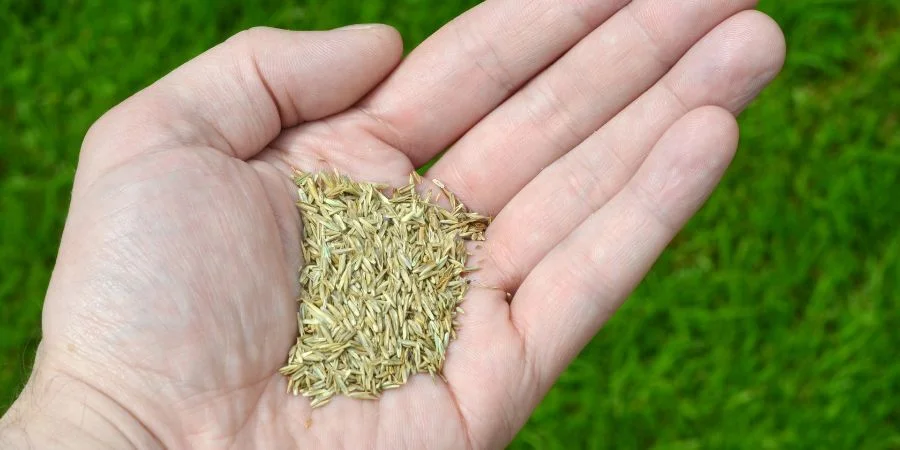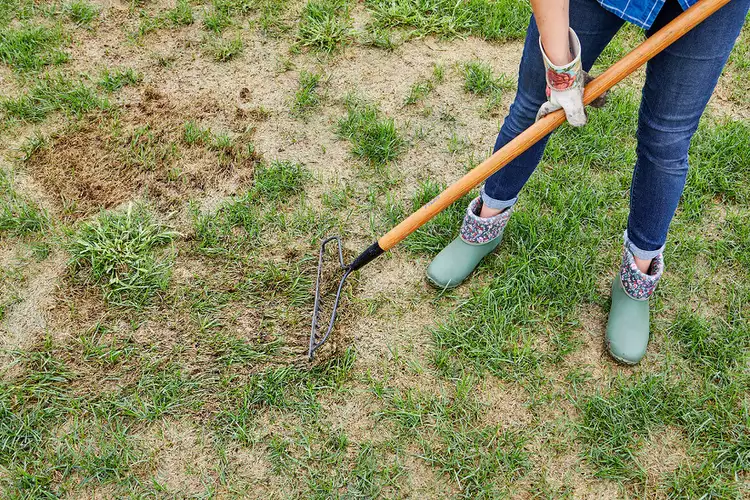What is the Best Time to Trim Old Trees?
Last Updated on February 10, 2020 by Duncan
Pruning trees and shrubs is essential for many reasons. Pruning helps in the growth and development of new trees while it is also good for mature trees.
It prevents unwanted growth in mature trees and helps remove the infected and dead branches.
However, there are many techniques and seasons for pruning that depend on the type of trees and climate of the location.
As the climate varies with locations, the time of pruning also varies. Therefore, it is essential to consider all such factors before pruning old trees in your yard. Let us explore all the factors that determine the right time to trim old trees.
Need for pruning mature trees
There are many reasons for the pruning of trees, and promoting growth is the most common among them. Most people prune their trees to remove the dead branches and promote the new growth of branches.
Other reasons include increasing the penetration of air and light in trees. If a tree has highly dense branches and leaves, the flow of air and infiltration of light reduces in the crown of the tree.
So, removing some branches from the crown allows the free flow of air and light that is essential for the growth of trees.
There are many other reasons for pruning, such as safety, compatibility with other things in the landscape.
However, despite all the reasons, it is essential to prune the trees at the right time, as pruning them at the wrong time can lead to pest infections and diseases for trees.
When to Prune
Most of the routine pruning, such as removing the weak, diseased, or dead branches, can be done at any time of the year.
However, the pruning of living and growing branches of trees should be done in the season when the healing of cuts and wounds is fastest.
Some trees like oak wilt can get infected as the wounds offer access to pests and pathogens that cause disease. Therefore, it is best to avoid pruning susceptible trees during active transmission periods.
Also, one should avoid the heavy pruning after spring growth, especially if the tree is already weak.
Generally, the best time to prune mature trees is between fall and winter as trees enter a dormant stage in this period.
They shed trees at this time, and the dropping temperatures create an ideal environment for pruning and removal of branches. On the other hand, pruning after the beginning of new growth can limit the blooming of the tree for the entire year.
Never Prune in the rainy season
As a rule of thumb, owners and gardeners should not prune mature trees in the rainy season, or when it is damp outside. The moist weather encourages the growth of bacteria and fungus that can make the most damage on cuts and wounds.
In case the tree gets infected in the rainy season, you should wait until the sun makes the branches dry as the heat kills the microbes that cause infection.
Pruning Deciduous Trees
When they’re dead in winter, prune shade trees like oak, linden, and ash. At this time of year, it is best to see the branching structure, and you are less likely to spread disease through the pruning wounds. As with non-blooming shrubs, stop the late summer pruning of these.
Trees that, when pruned in winter, emit a strong sap flow — maples, birches, elms, and dogwoods — are known as “bleeders.”
Sap flow may be unsightly, but it does not affect the tree. You should wait until the leaves have fully expanded to prune these plants in the autumn, to prevent bleeding.
Pruning Mature Fruit Trees
It is best to prune the mature fruit trees like apples, crabapples, pears, peaches, plums, and cherries in the midwinter.
Although winter pruning eliminates some of their floral buds, the purpose of pruning fruit trees is to open up the tree to allow for better fruit crops in more light, rather than full bloom.
Dormant pruning is particularly crucial for apples, pears, and crabapples because pruning the wounds makes the trees vulnerable to bacterial diseases like fireblight during the growing season.
Check Garden Tip: Dip your pruning shears into rubbing alcohol or a solution of one part bleach to nine parts water to control the spread of disease while pruning.
Sappy Trees
Never prune the trees that ooze sap in the late winter or early spring. Trees like maple, dogwoods, birches, and walnuts ooze sap in the winter and spring.
It is best to wait until the weather becomes warm that is early summer to trim the sappy trees as it reduces the risk of infection and pests.
Evergreen Trees
Winter is the best time to prune many trees as the risk of pests and disease is very low. Also, the plant architecture is clearly visible to gardeners and pruners.
The best way to prune evergreen trees is to start pruning the dead and damaged limbs and then move to the crossed and congested branches. Some trees like spruce, sumacs, cherries, plums, junipers, and honey locust are highly suitable for pruning in winters.
When to prune in Winter Season?
Although winter is the right season for the pruning of many trees, gardeners and landscapers need to know when to prune in winter. You should never prune in the early winter as the incisions can dry out in case the temperature dips below the freezing point.
It is always best to prune the dead and infected branches, especially if they are caused due to ice or snow. Sometimes, it is difficult to recognize the dead or diseased limbs on tall trees. It is best to hire a professional to check the tree every year to check if there are dead or infected branches.
Final Words
These are some tips to determine the best time to prune old trees. The best way is to hire the right tree service professional and use the right tools like tree loppers Kellyville for pruning. Trimming the trees at the right time ensures their growth and protect them from any possible infections and diseases.


